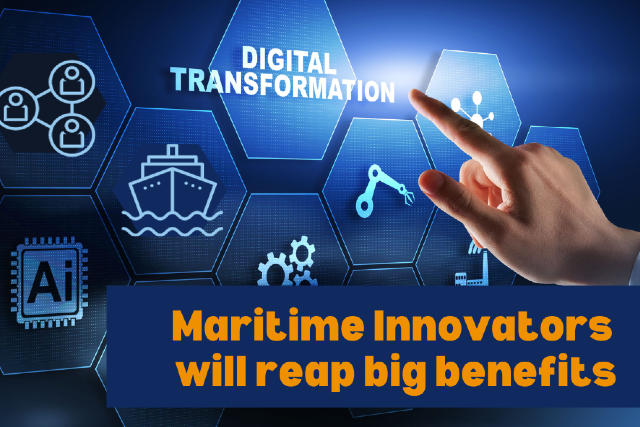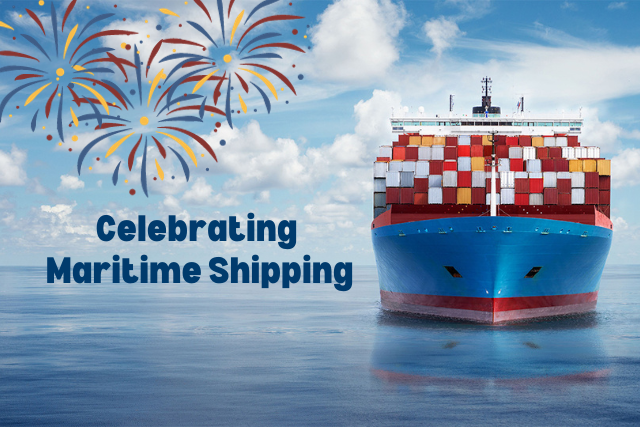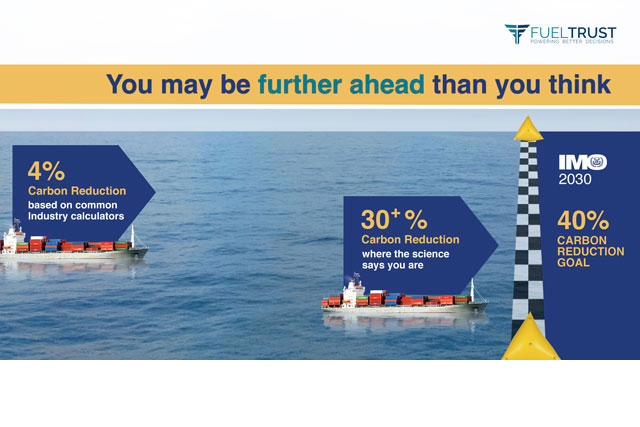As we envision the future of maritime operations and financing, particularly the benefits it offers to cargo shippers worldwide, we can see a significant change on the horizon. This transformation is poised to create value for all stakeholders involved in the complex global shipping industry, thanks to innovations in digital technology.
Signs point to a major gap emerging between those who are taking an incremental approach to digitalization, and those who are willing to embrace more radical change. By way of example, I recall my time at the revolutionary company Netscape during the rise of the commercial internet era. Back then, I witnessed companies daring to think differently, innovate radically, and reshape entire markets. From pioneering the world’s first commercial trading system with eTrade to democratizing online banking, making it accessible to every individual worldwide and creating the technology basis for eBay and Amazon, the potential of disruptive change was evident.
Suddenly, disruptors, new entrants with fresh perspectives, challenged the status quo. They proposed new ideas, recognizing the thirst for something more, something distinct, something entirely novel. These disruptors boldly invested, built new models, and flourished, not only revolutionizing existing norms but birthing entirely new paradigms that eclipsed the old ways.
In contrast to this kind of thinking, traditionally established industries sought incremental improvements within the confines of their historical practices. Meanwhile, the laggards in innovation, those cautiously nudging the needle and building upon their legacy, found themselves either obsolete or scrambling to catch up.
I had a humbling encounter in 1998. A friend from my Netscape days approached me about a small company mailing video DVDs to households. Given my family’s history of owning VHS video stores, he sought my insights into the rental market. The notion of subscribing, waiting days for a mailed DVD, watching it, sending it back, and then waiting again seemed a far cry from the relatively instant gratification Blockbuster offered. Little did I realize that Netflix was poised to disrupt the landscape with technology we were pioneering at Netscape – on-demand online video via the internet. Netflix leveraged high-capacity data to deliver entertainment en masse. Yet, when the means of delivery evolved, Netflix didn’t hesitate; they embraced disruption, stepping up to reshape their own model.
Today, the maritime realm is undergoing seismic shifts. Evolving regulations, the introduction of European and impending Asian tax frameworks, investments in cutting-edge ship manufacturing, design, and equipment, along with innovations like straight-through processing and efficient cargo movement across the globe, are driving not just innovation, but full-scale disruption across the global shipping sector.
What this signifies is that innovation isn’t merely a gentle evolution, but a leap into the unknown – an audacious venture that dares to redefine norms and chart uncharted waters. Today it’s not about playing catch-up. It’s about leading the charge, reimagining possibilities, and boldly embracing disruption in a quest for a brighter maritime future.








